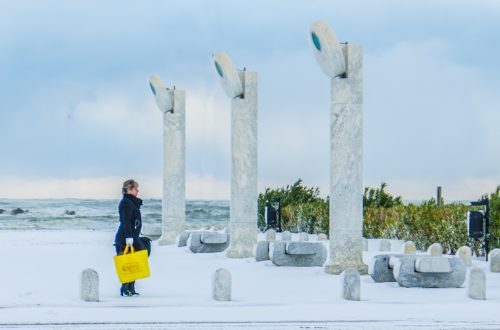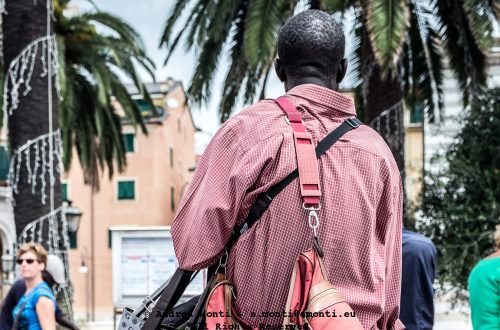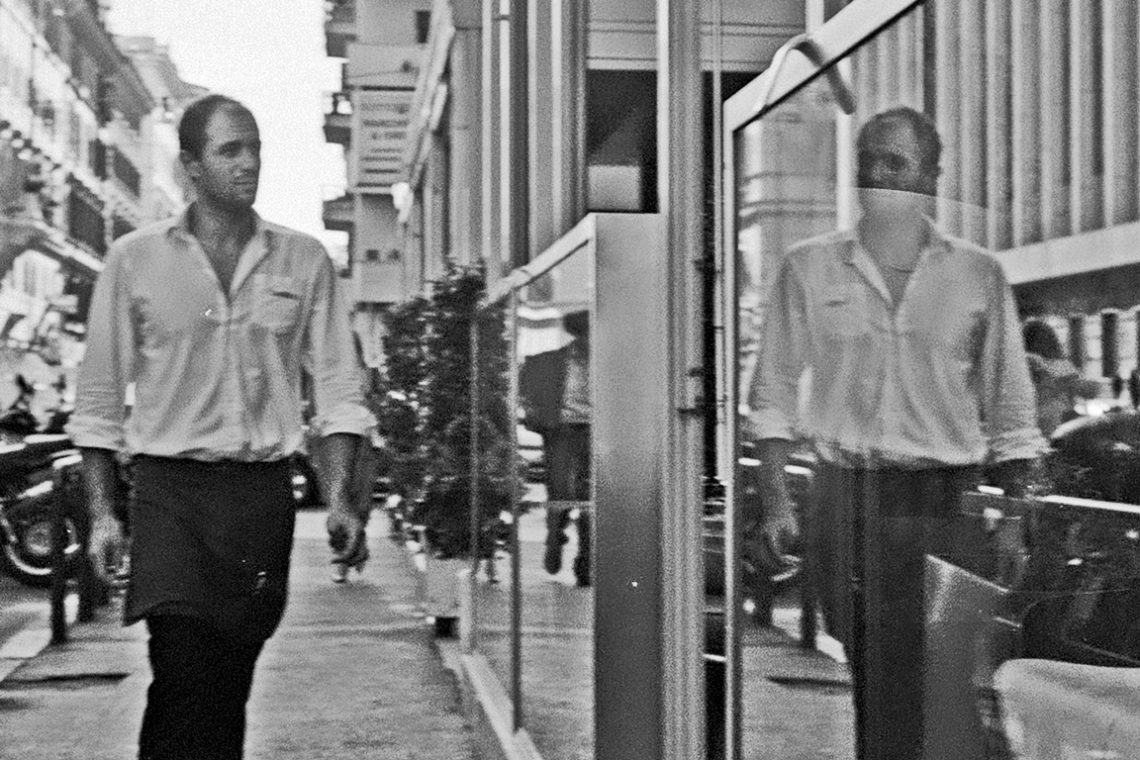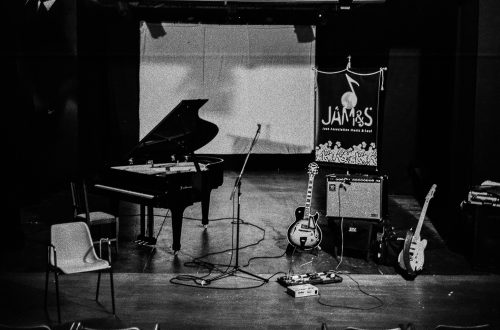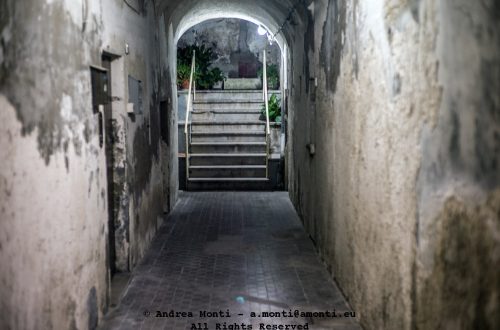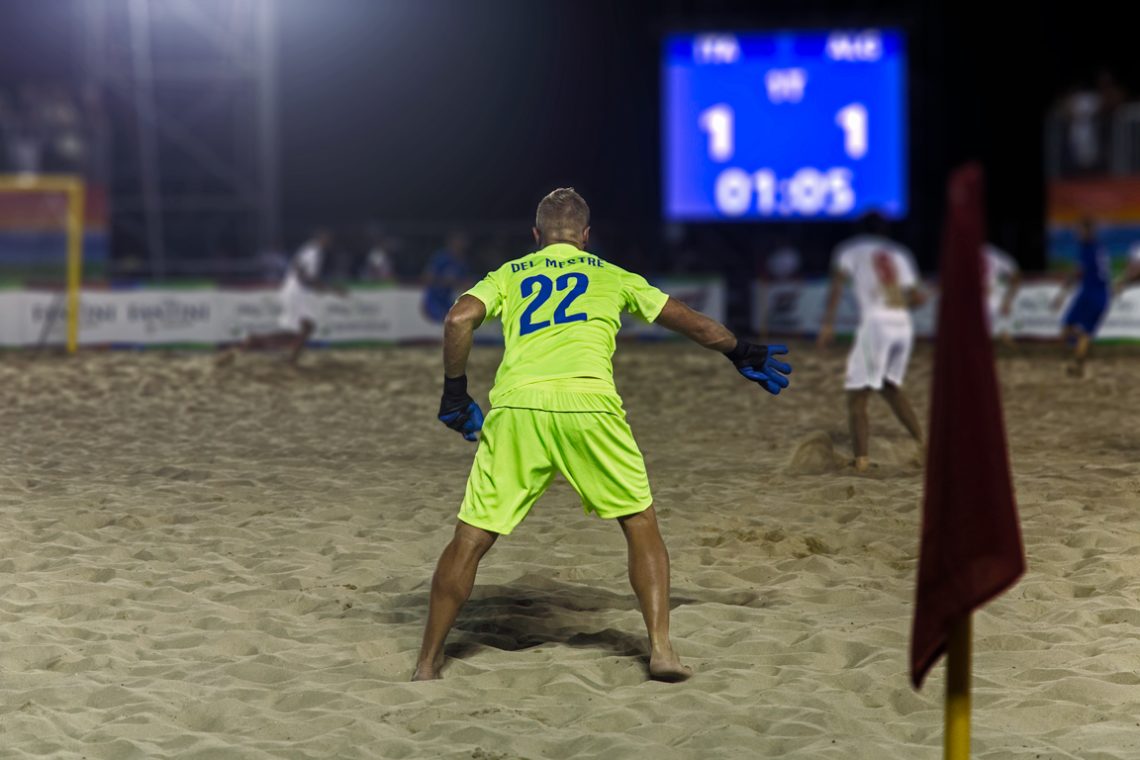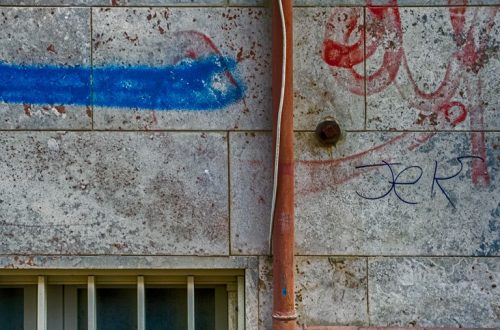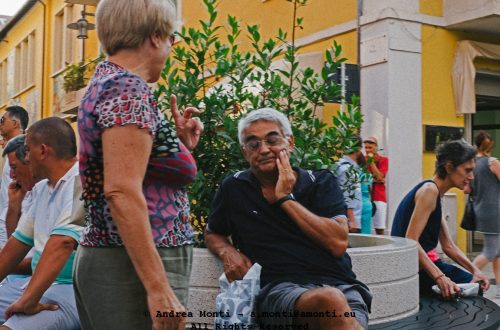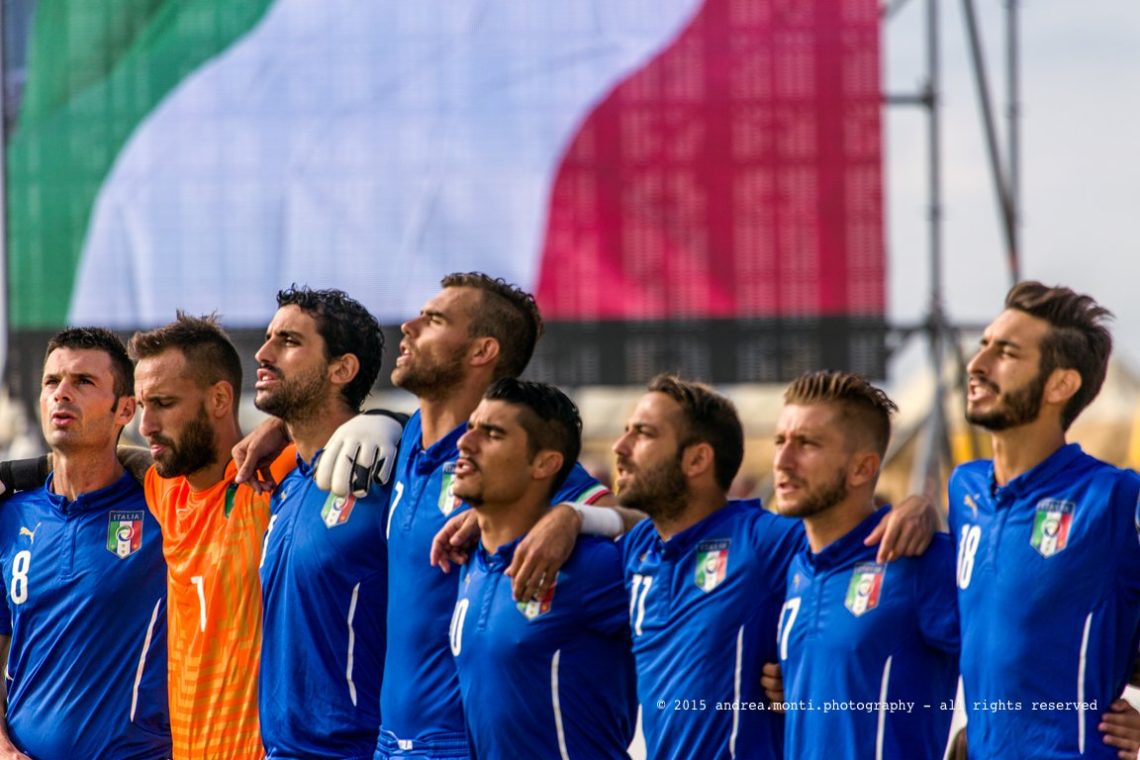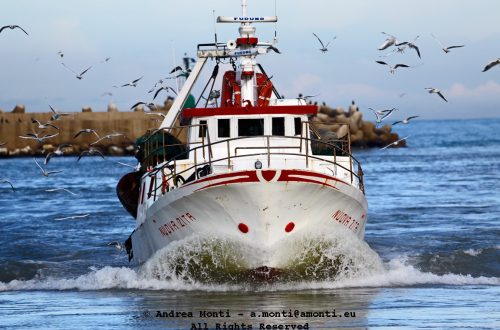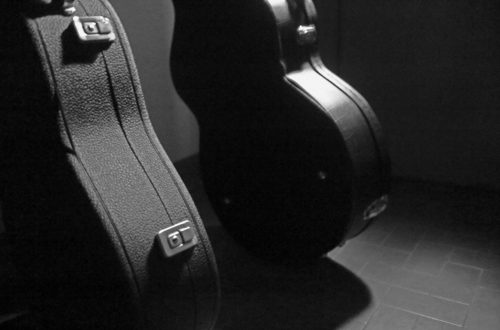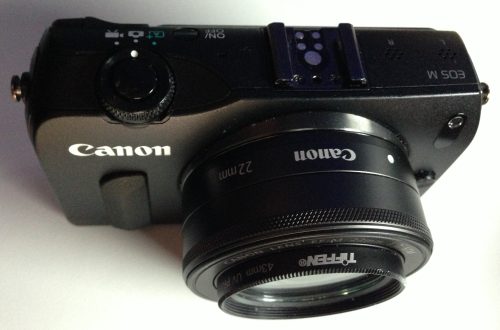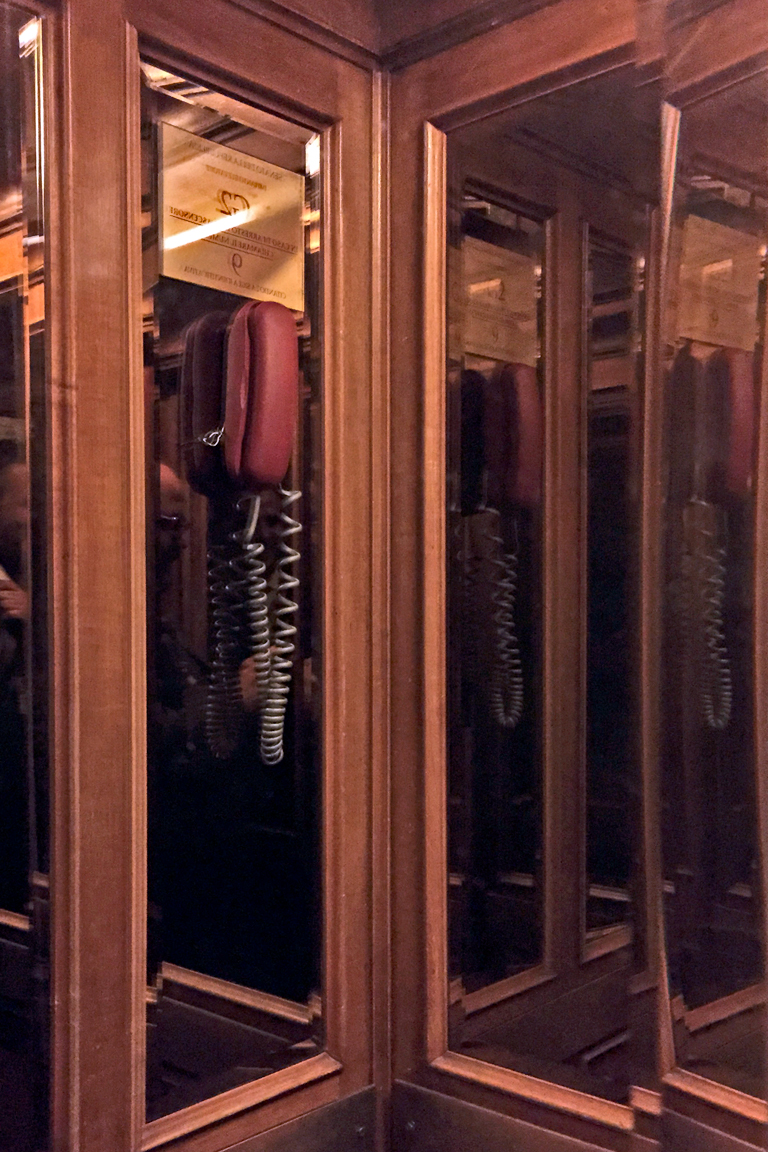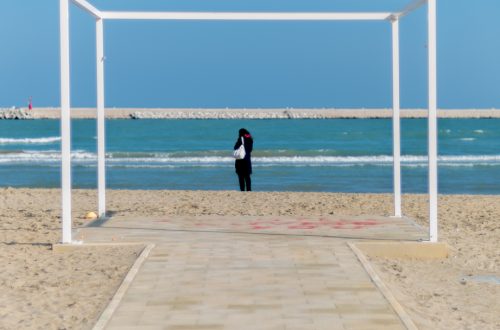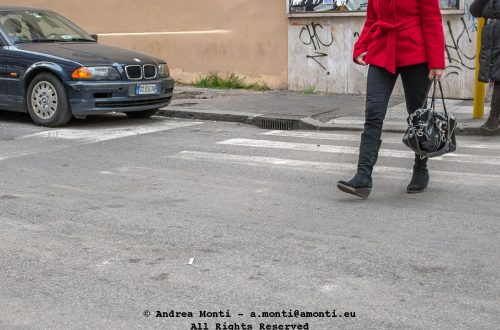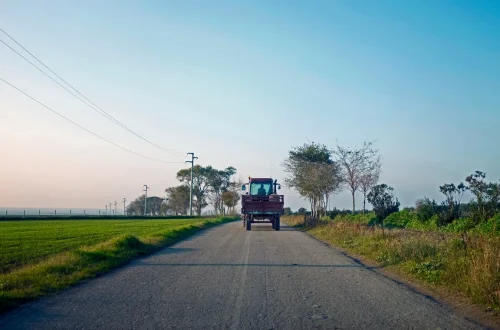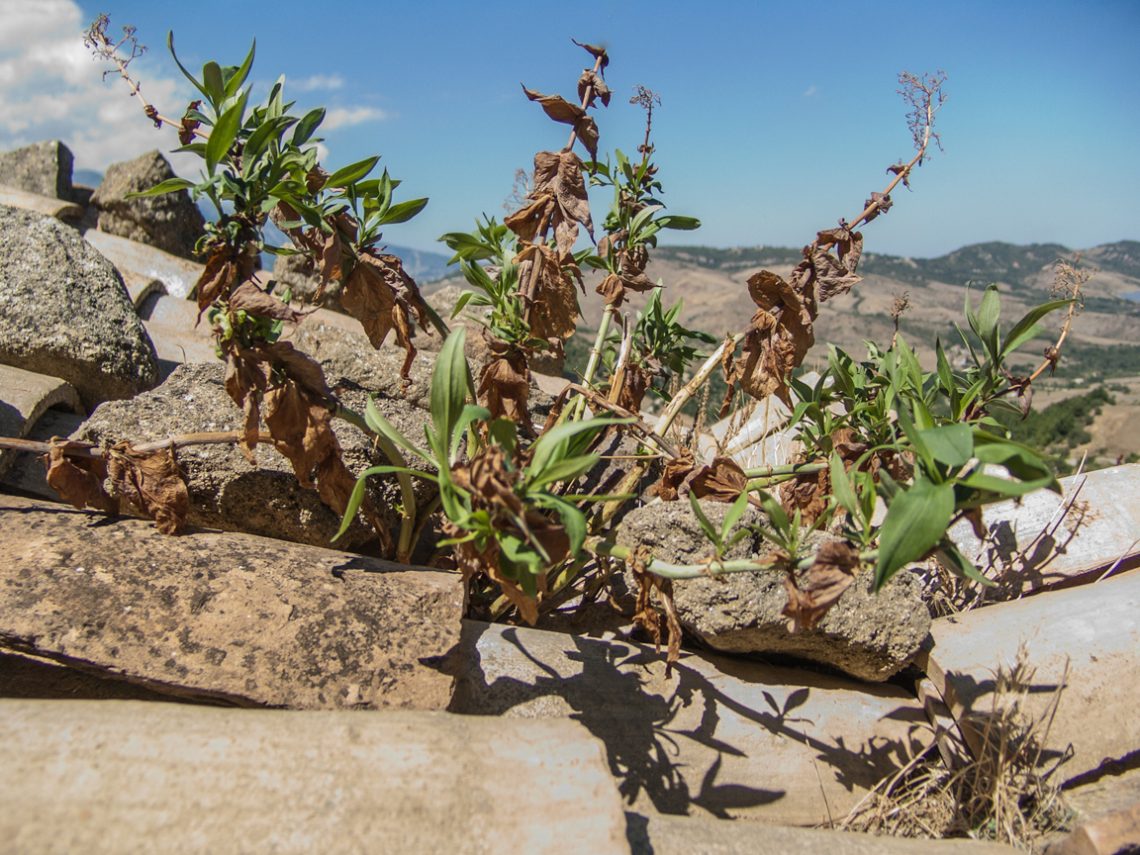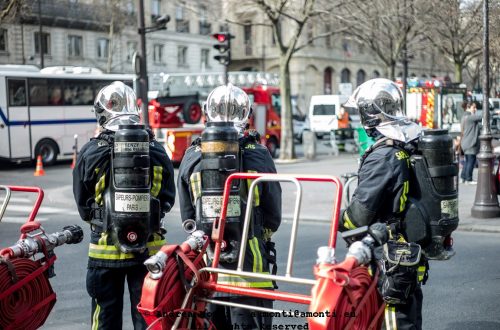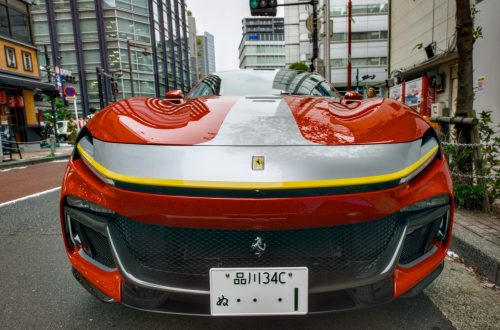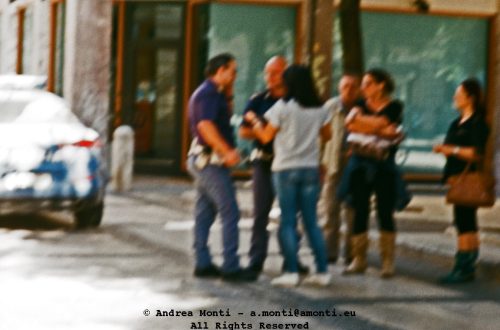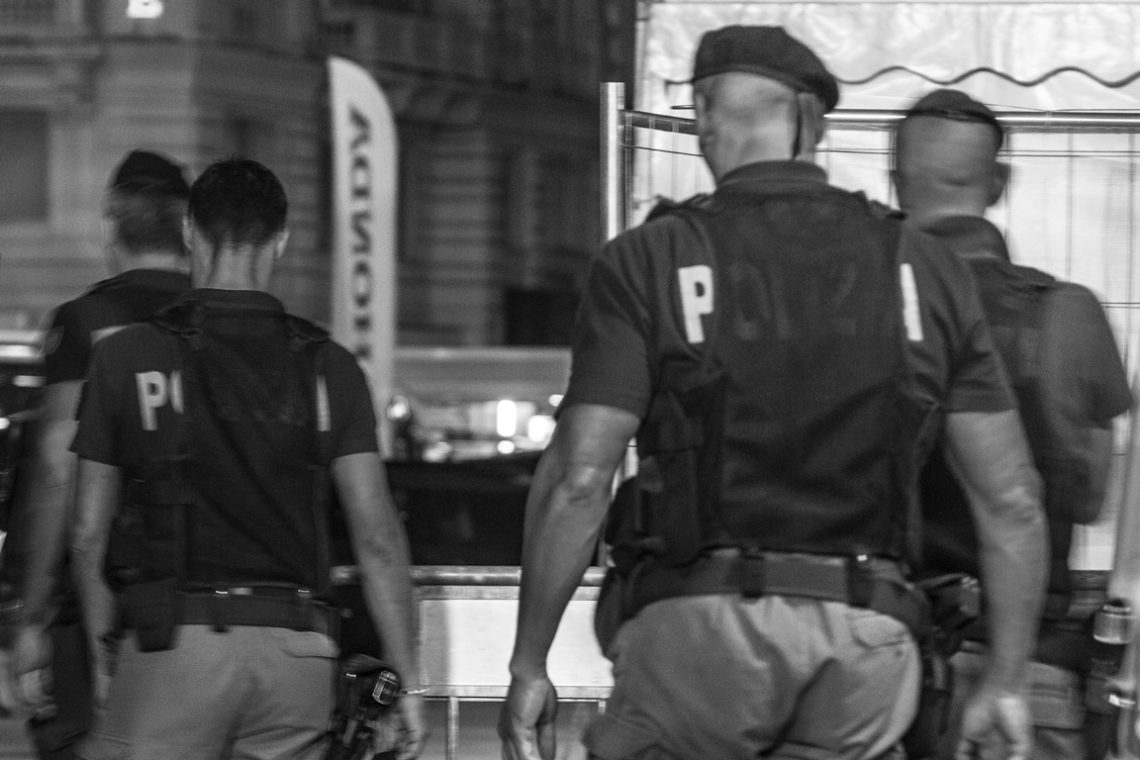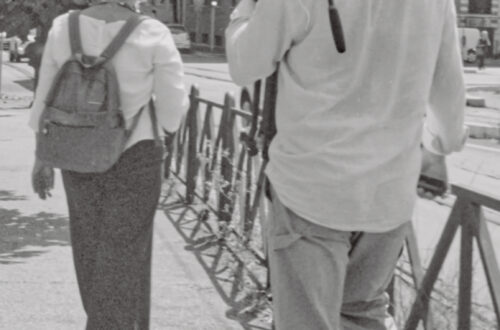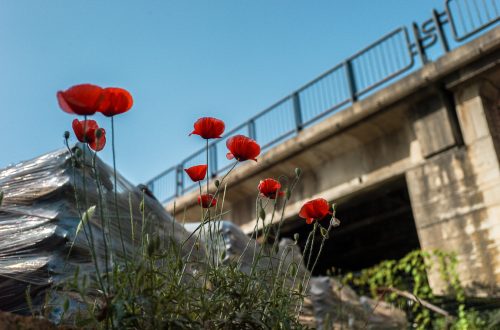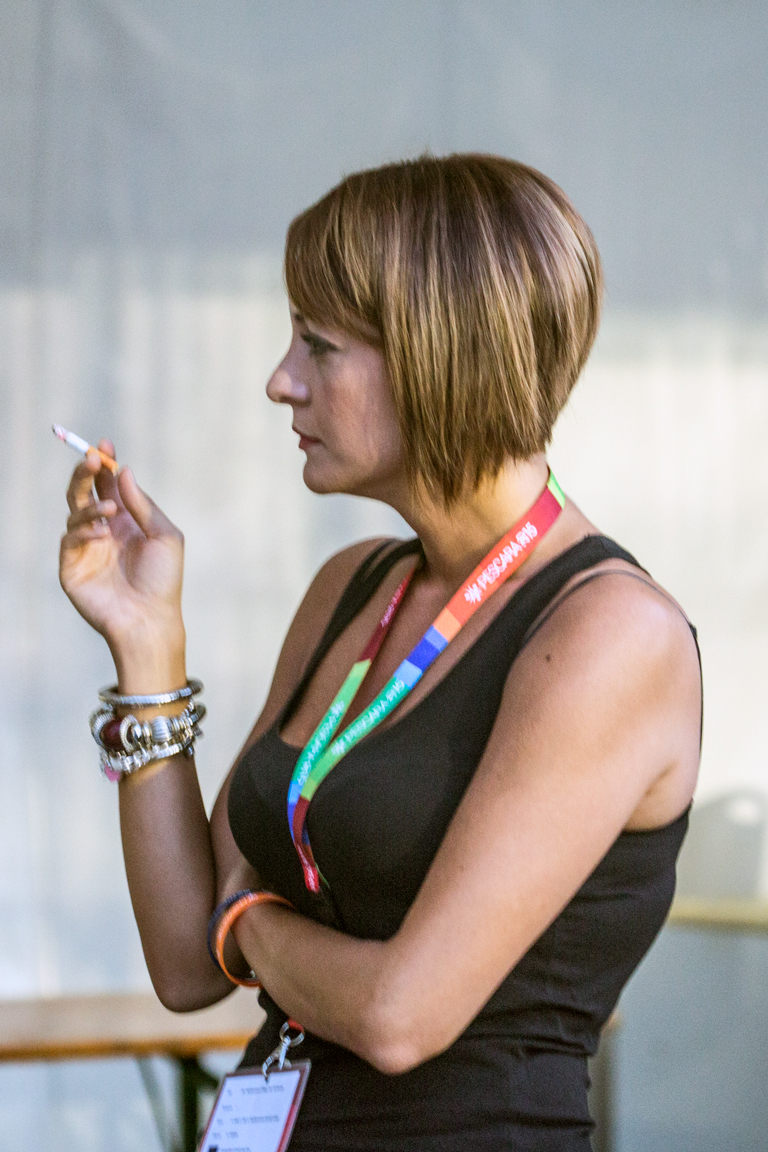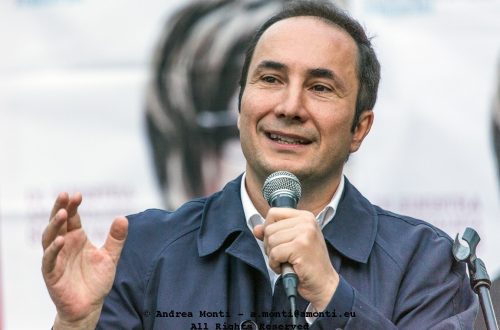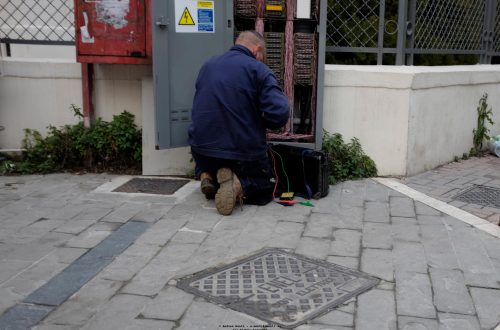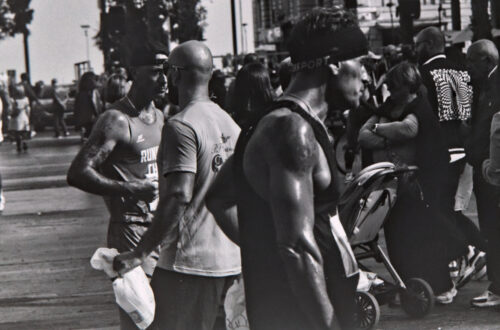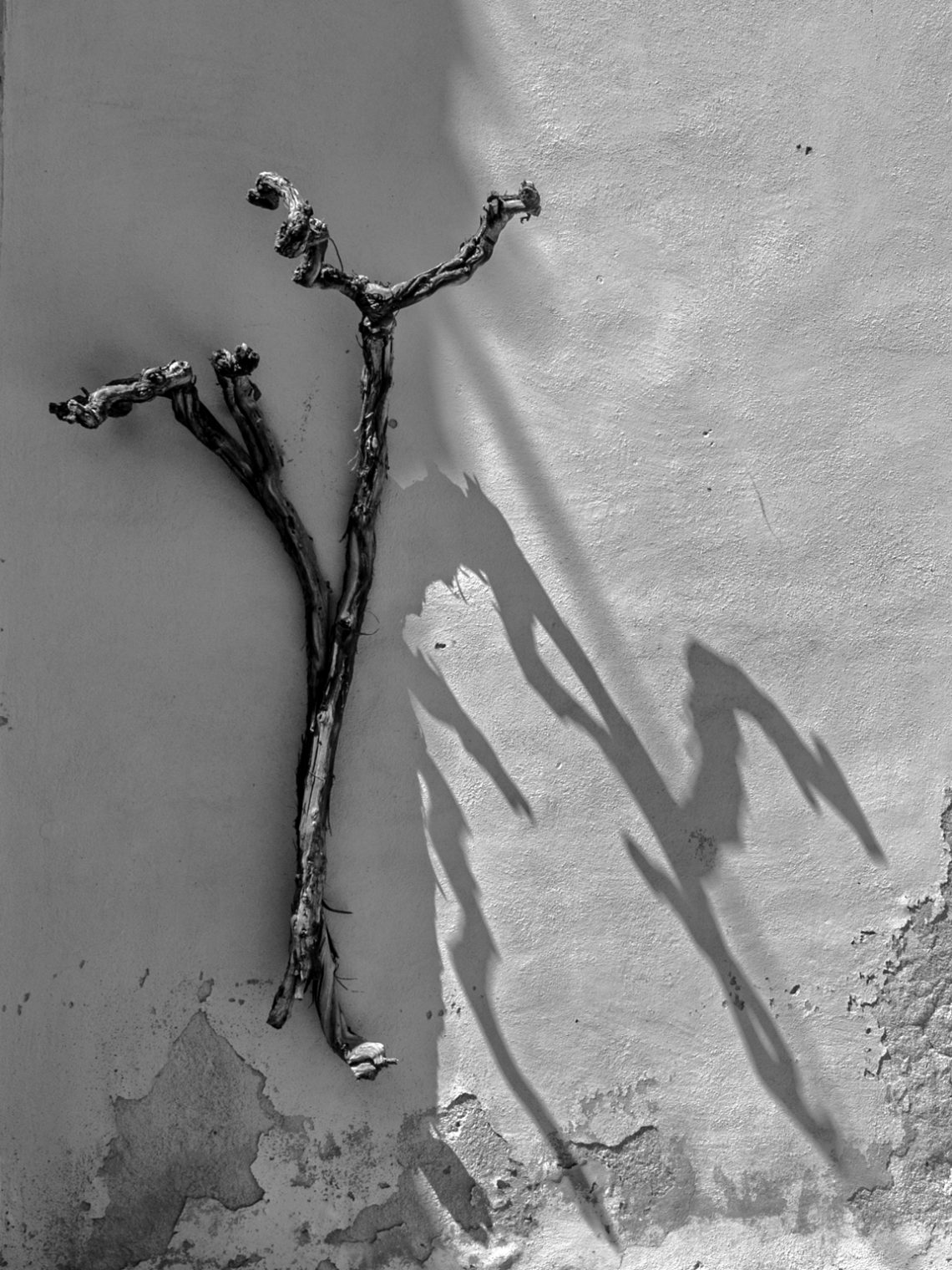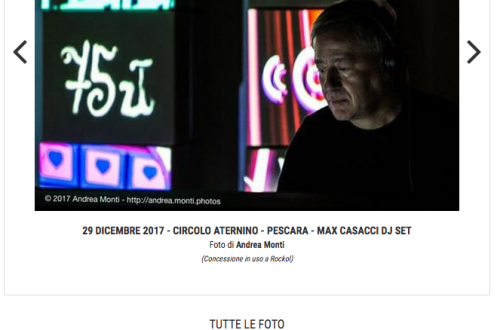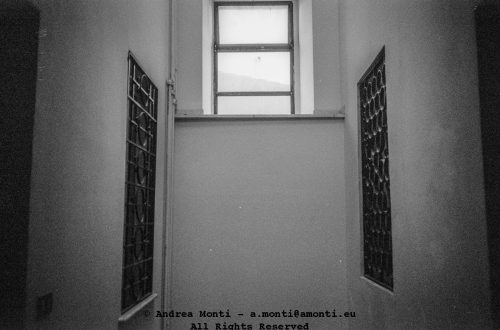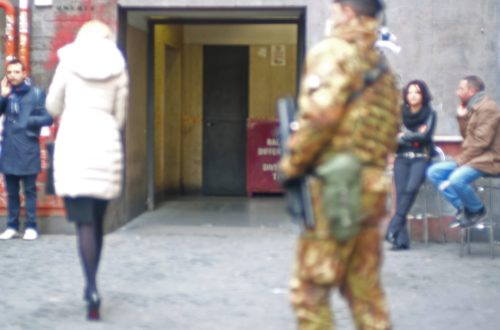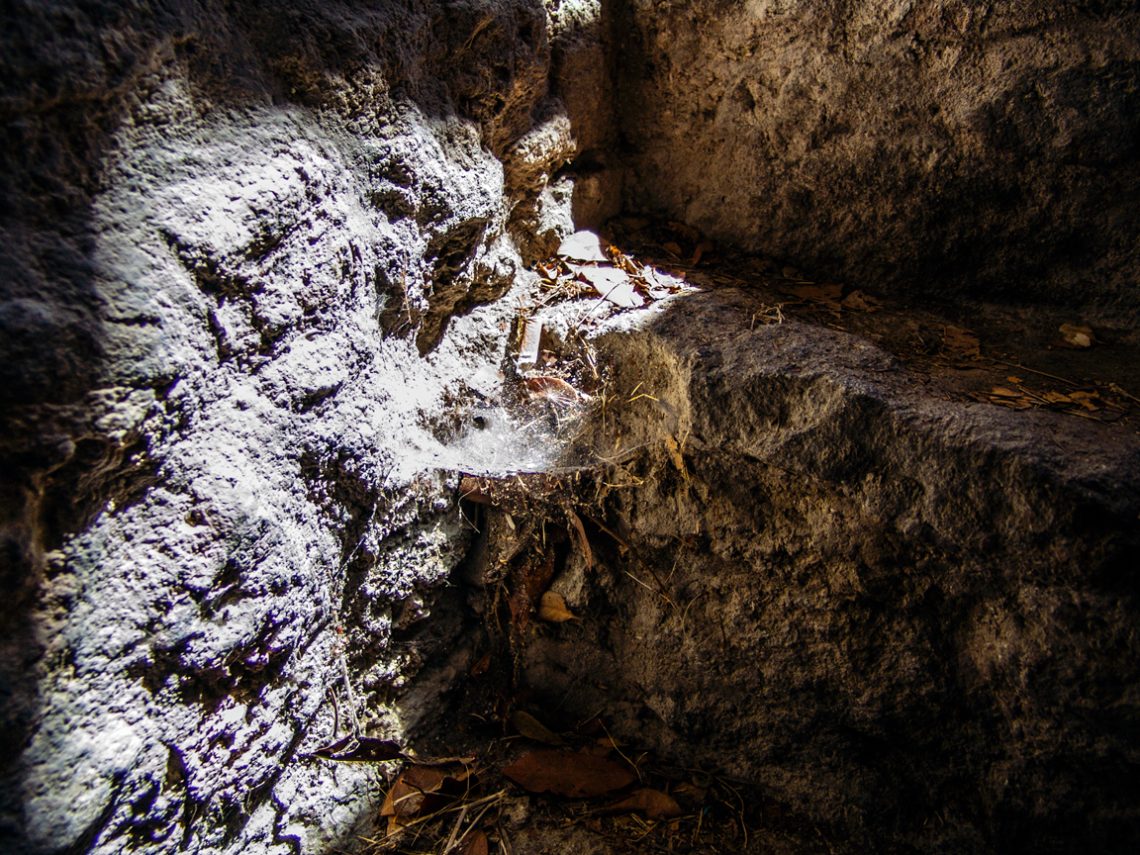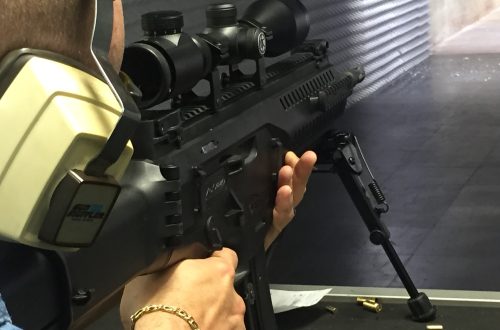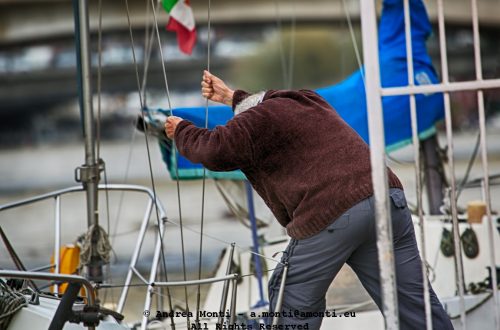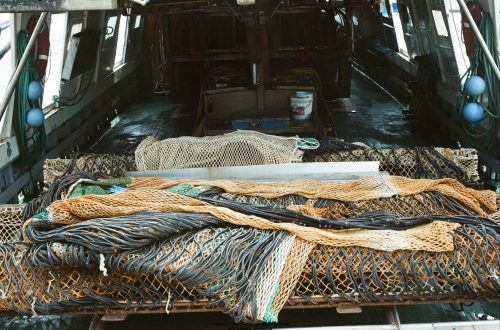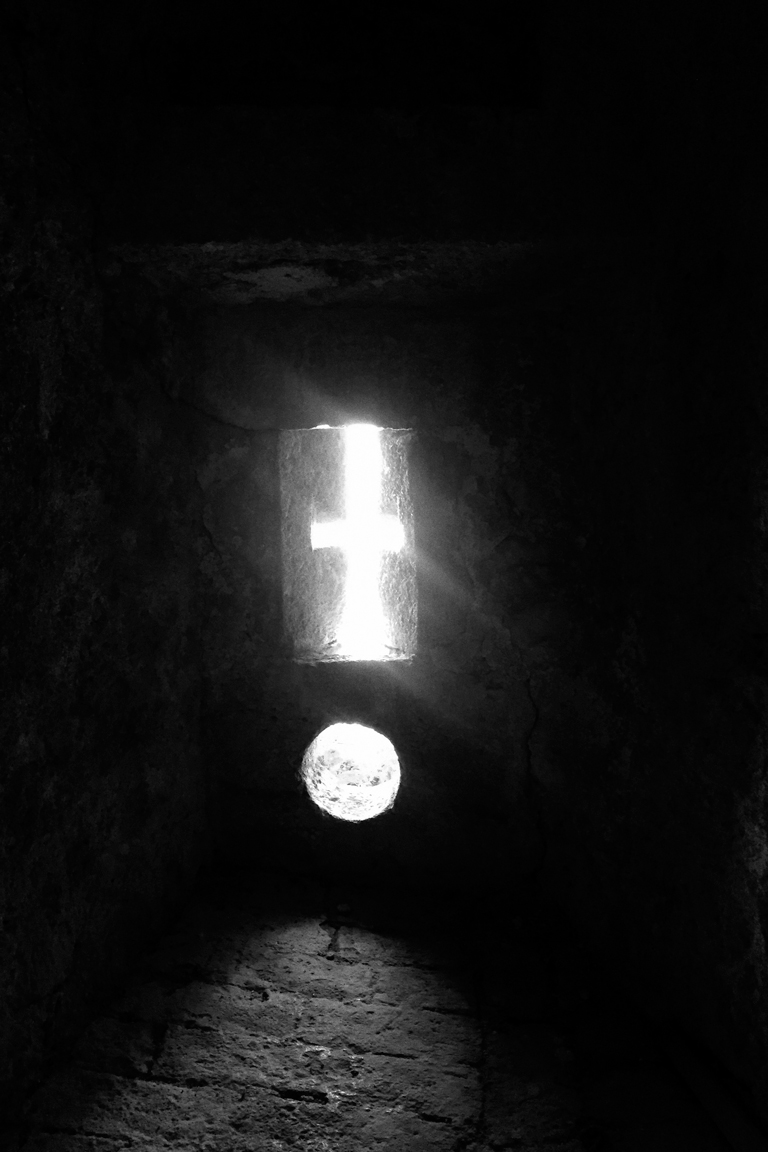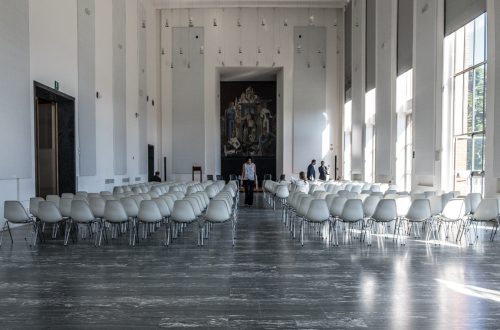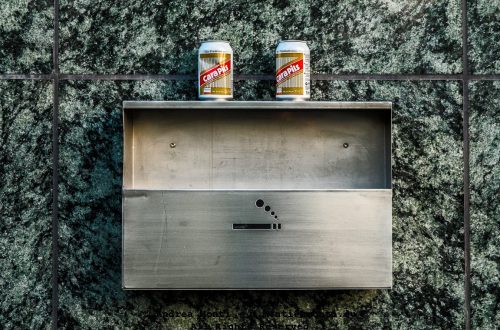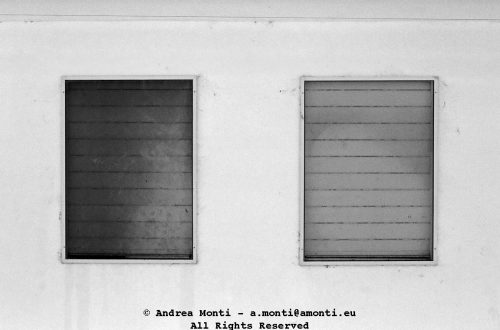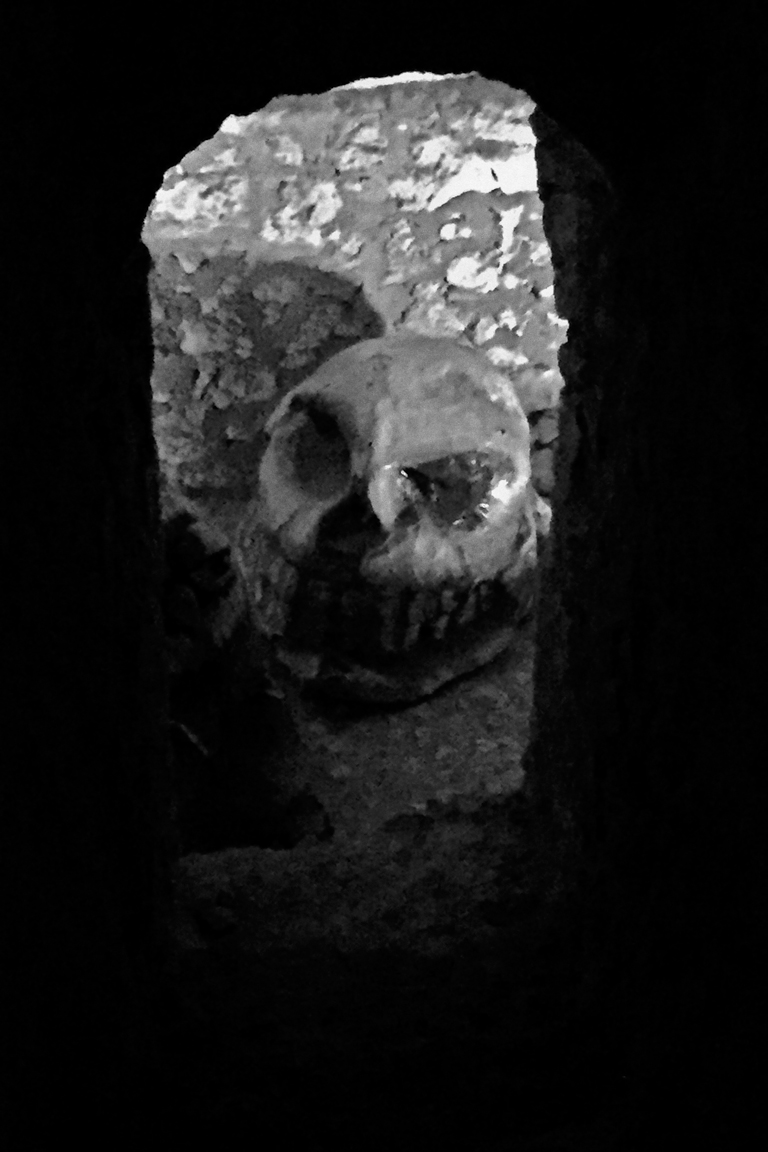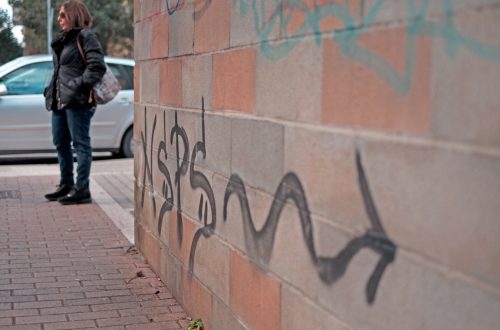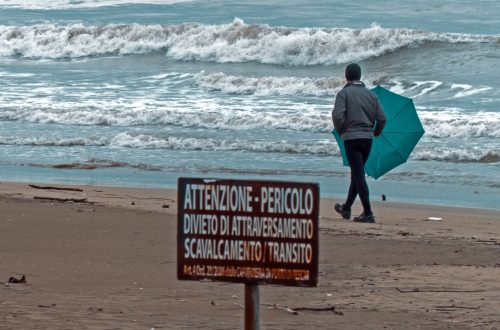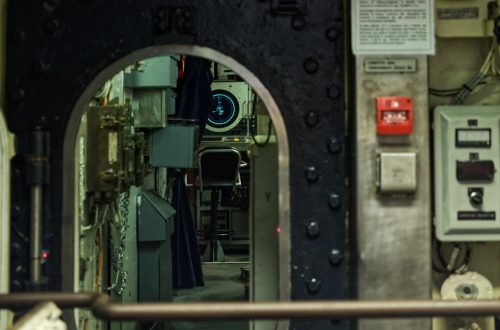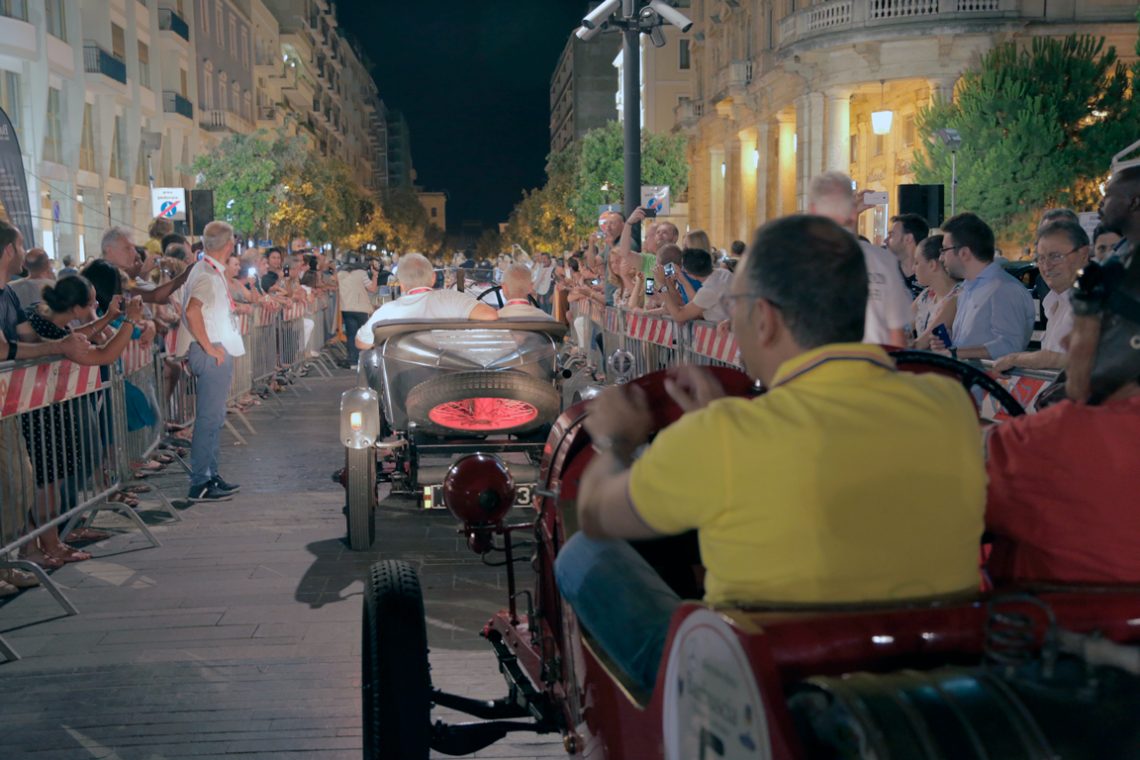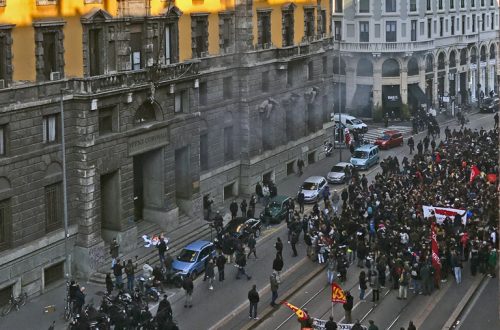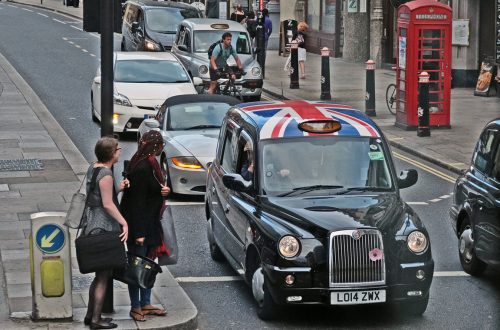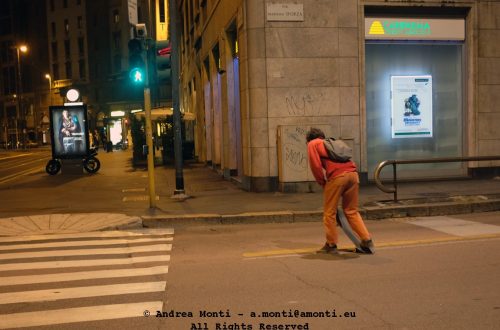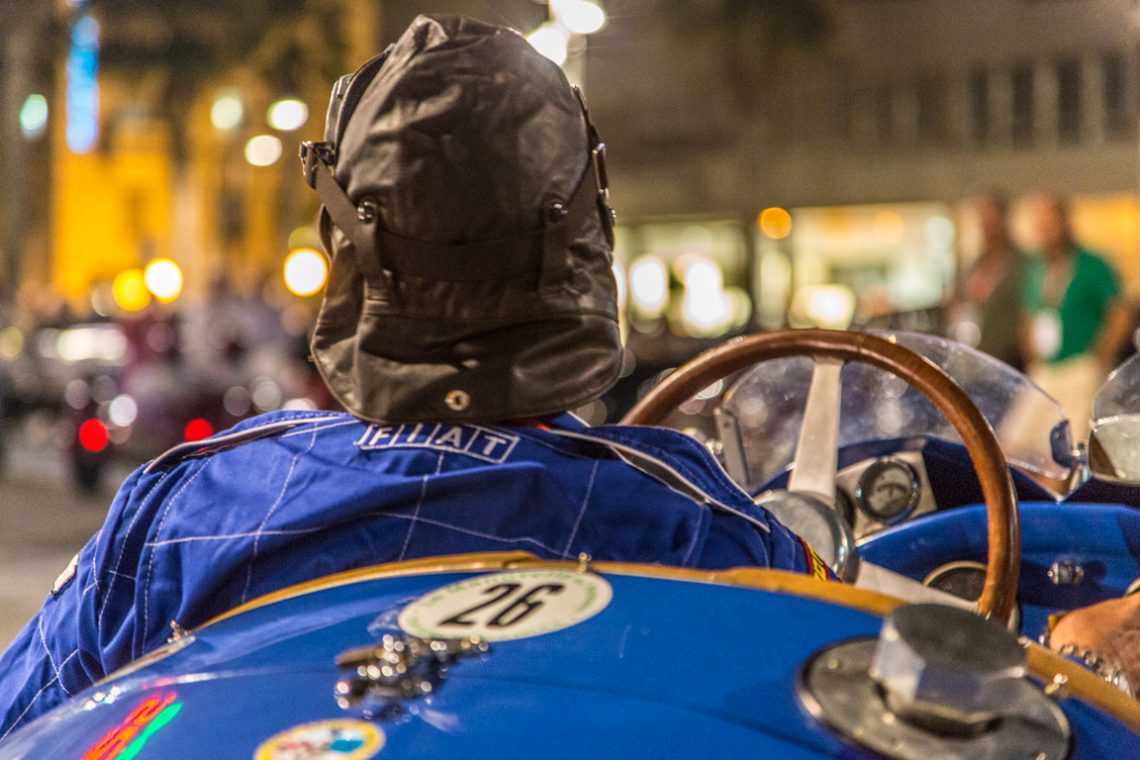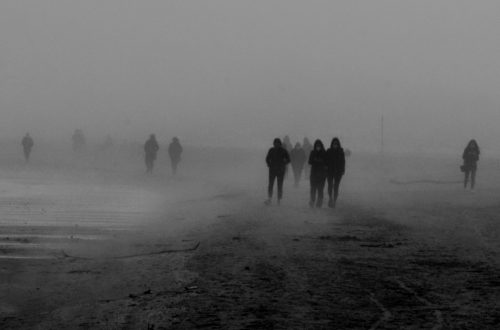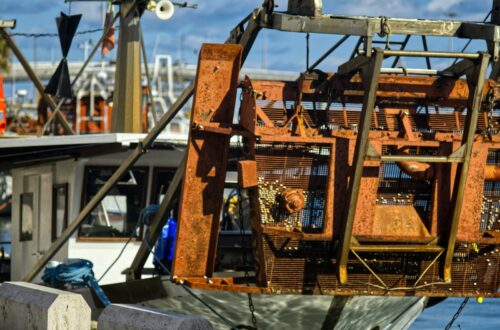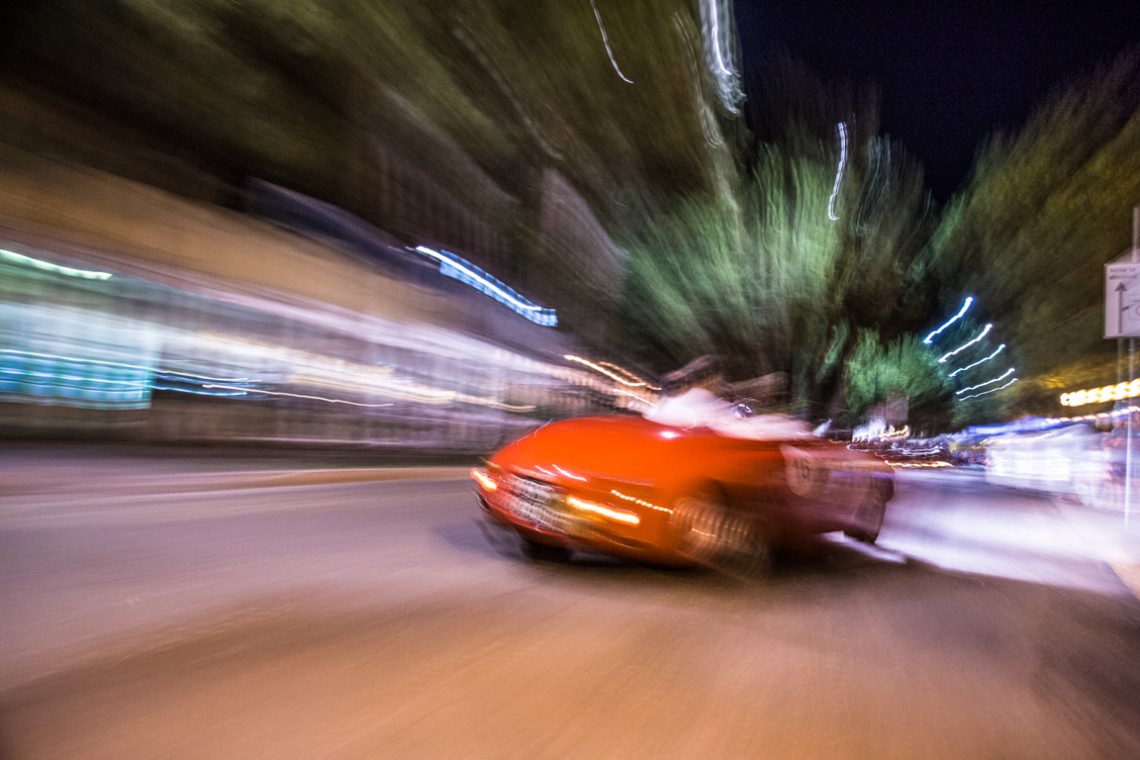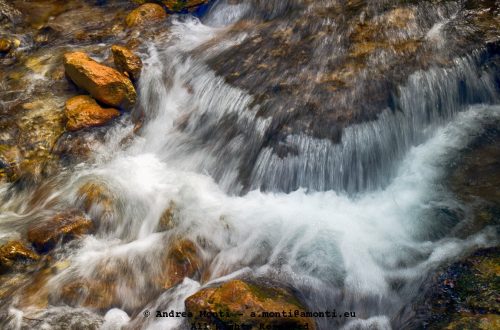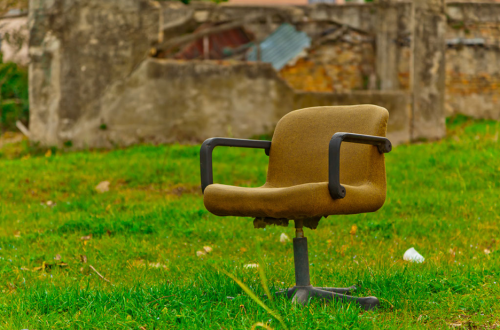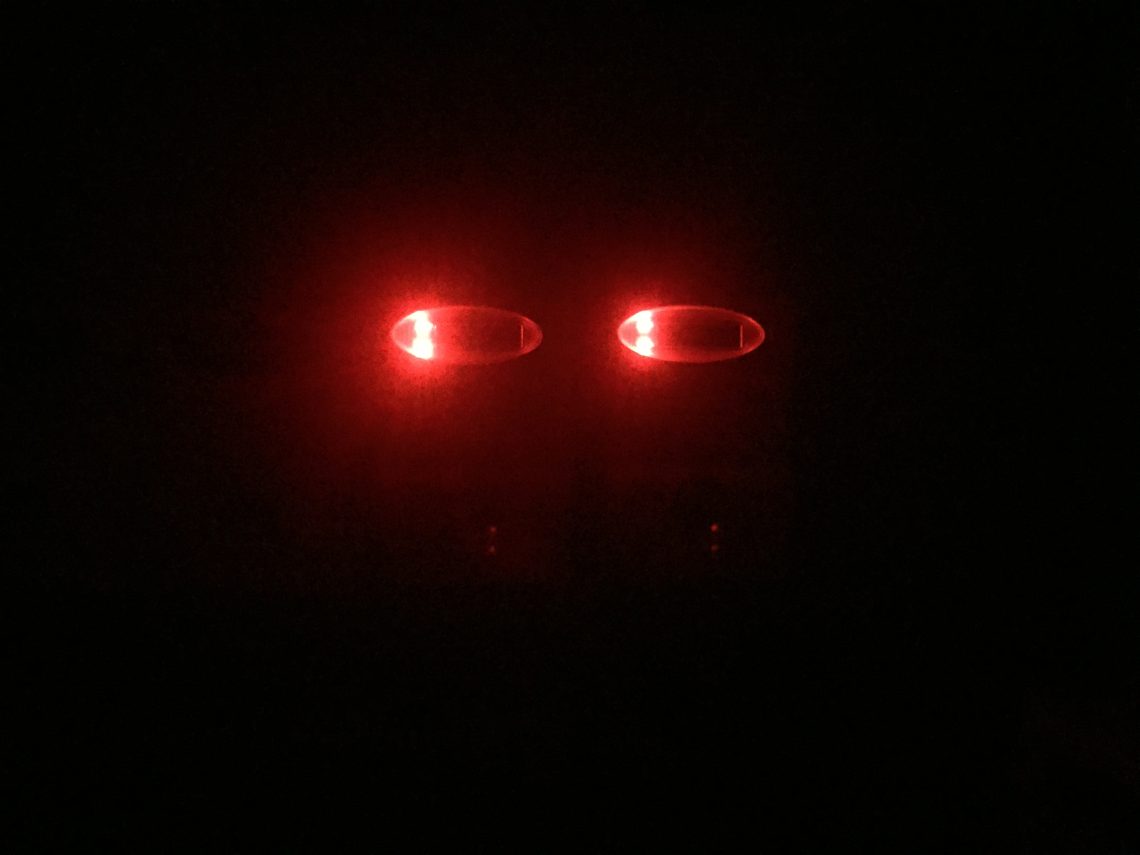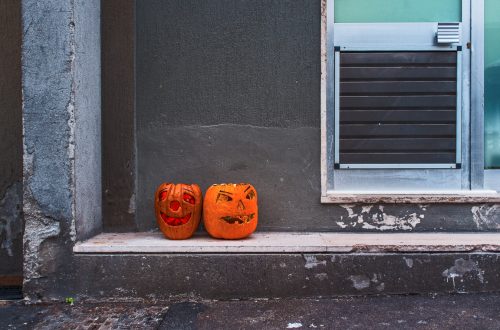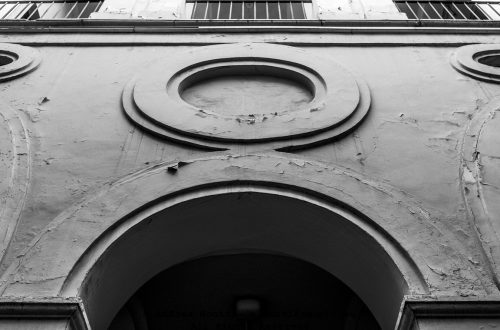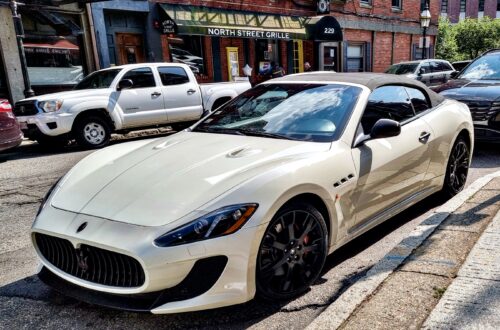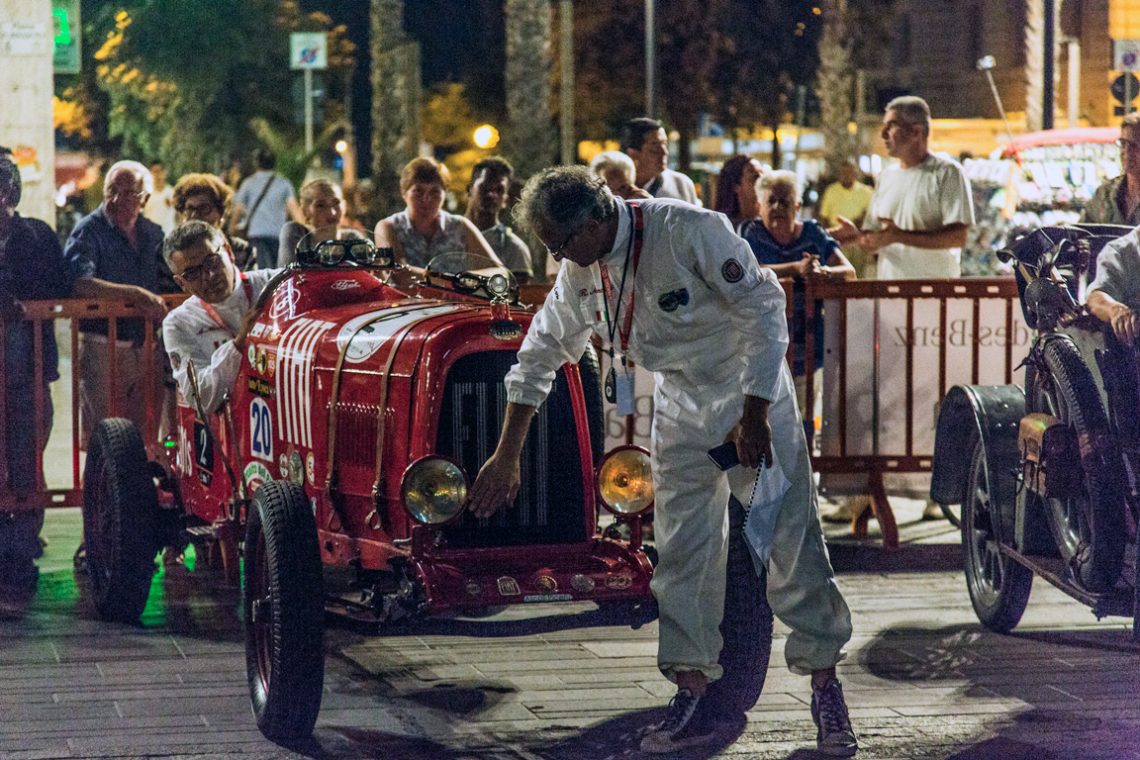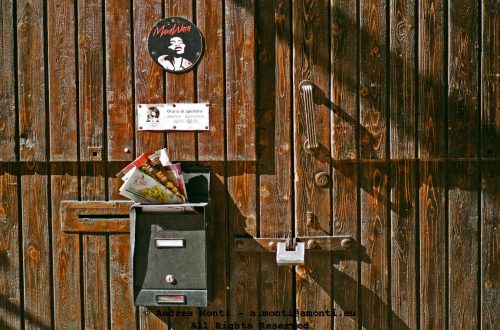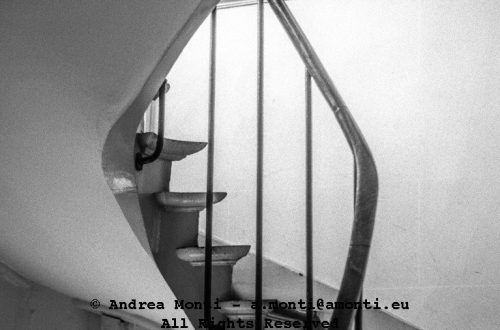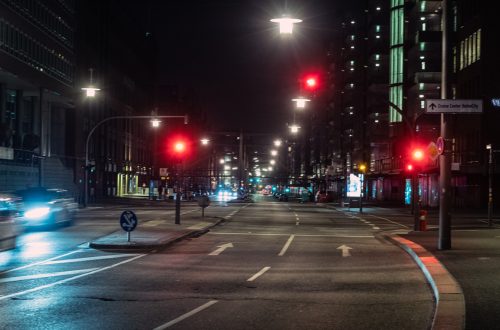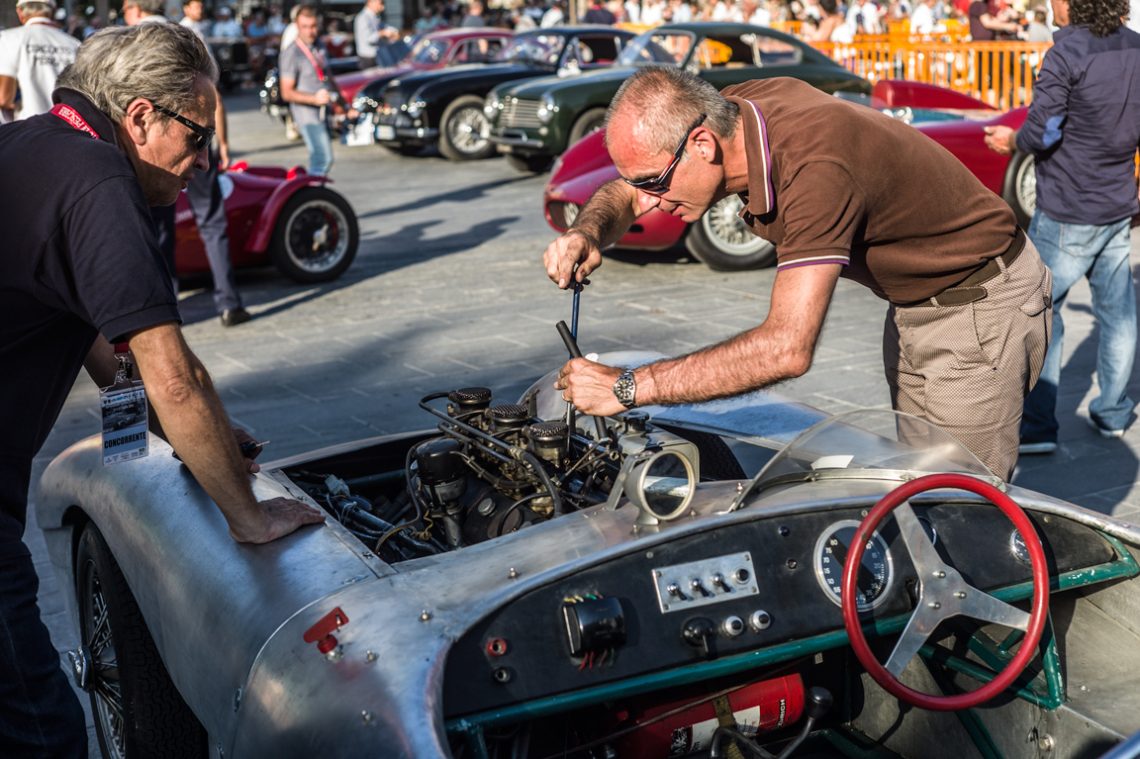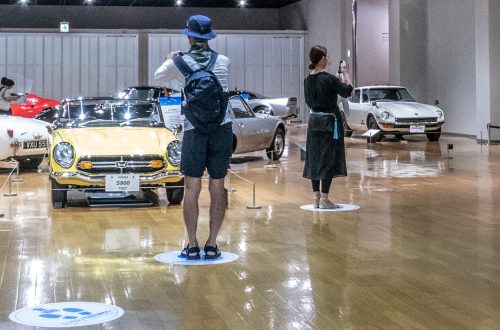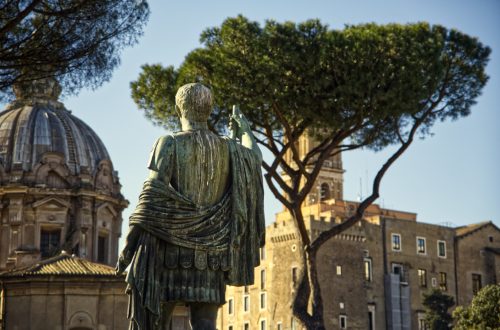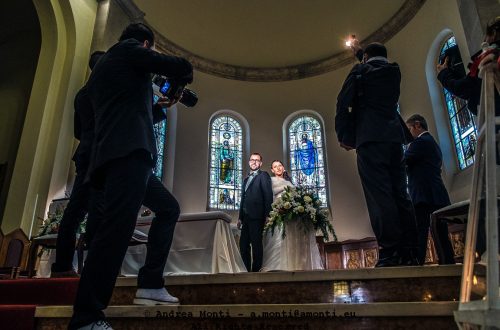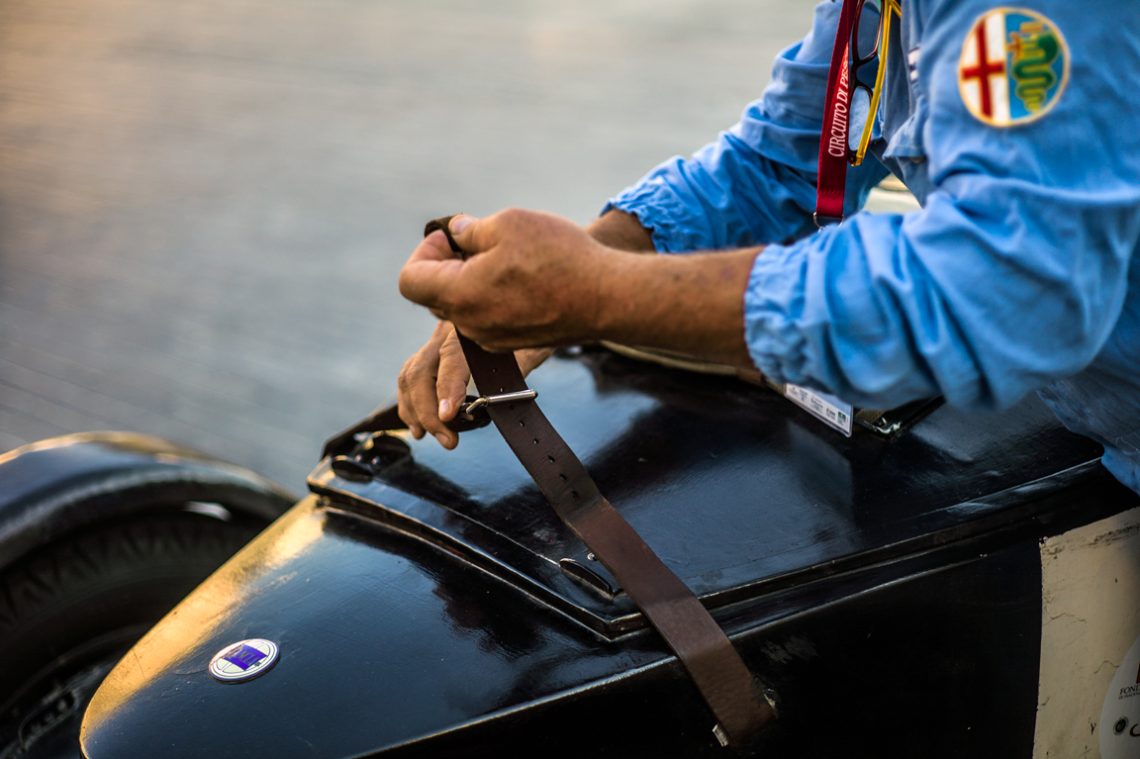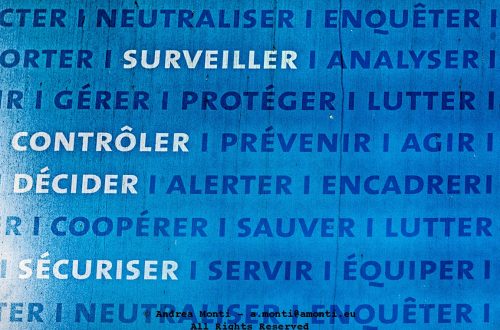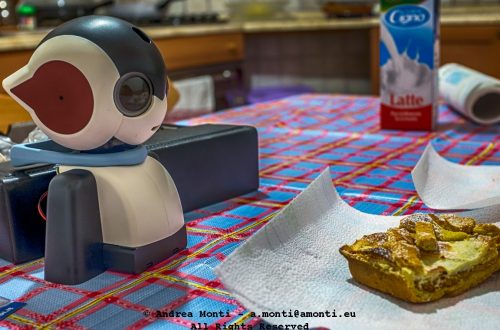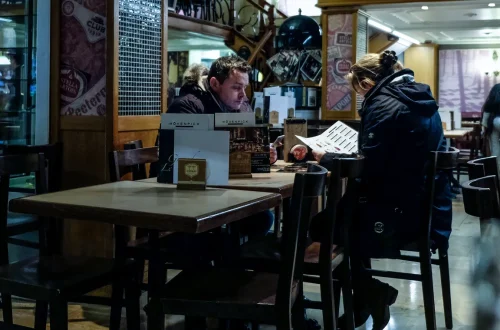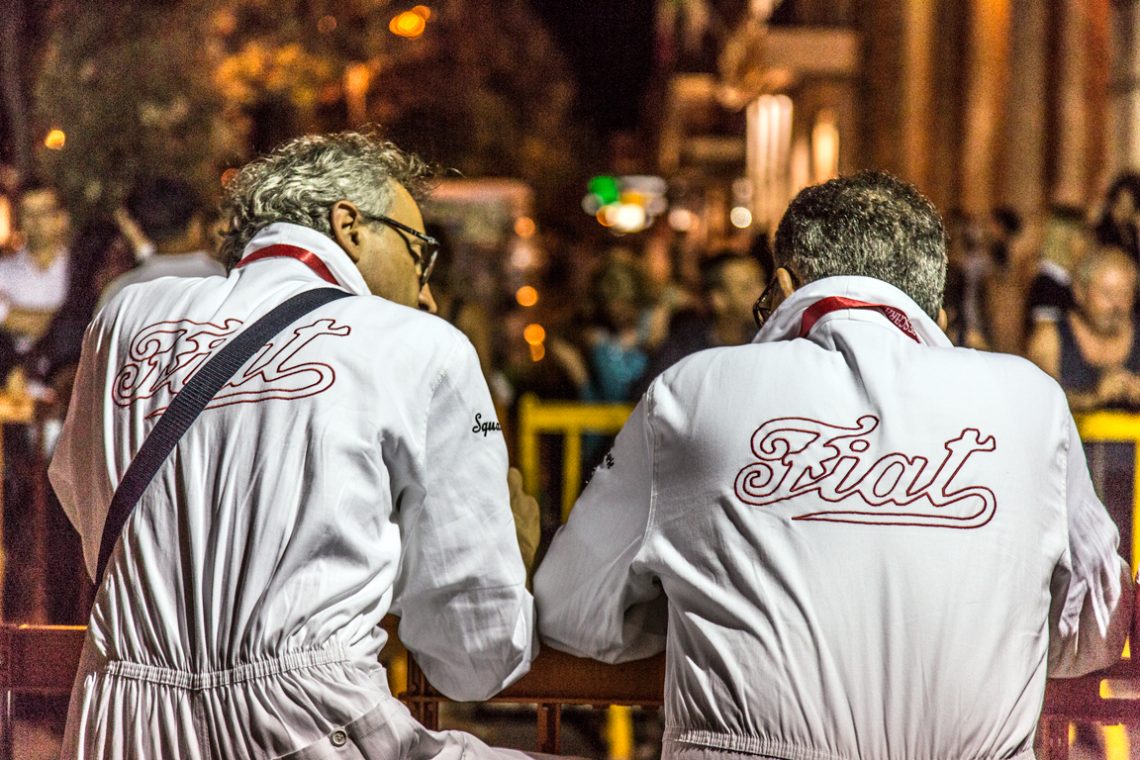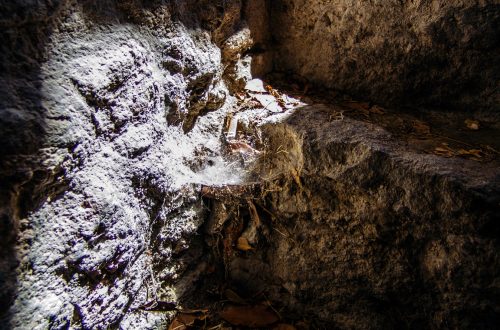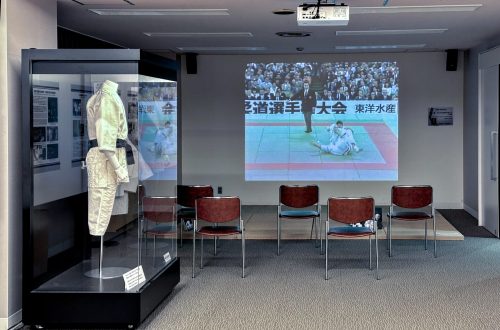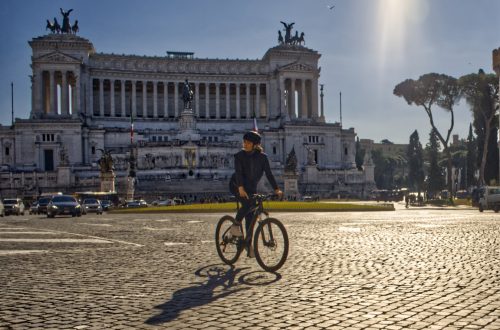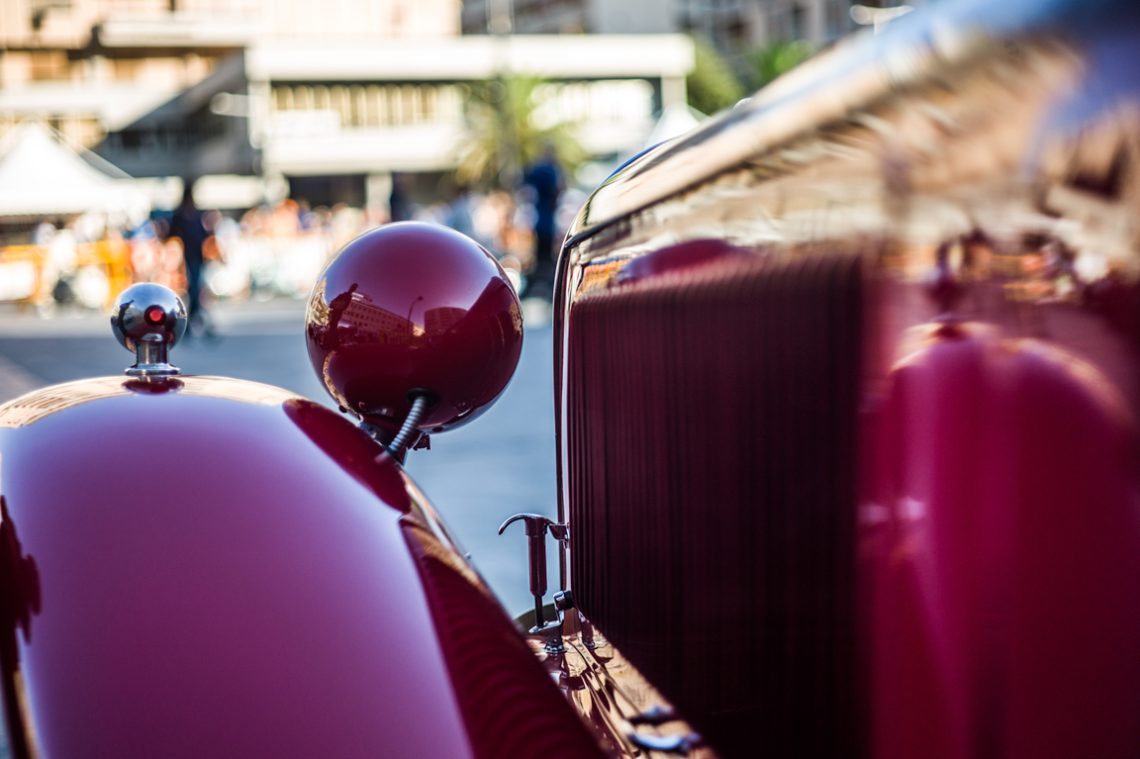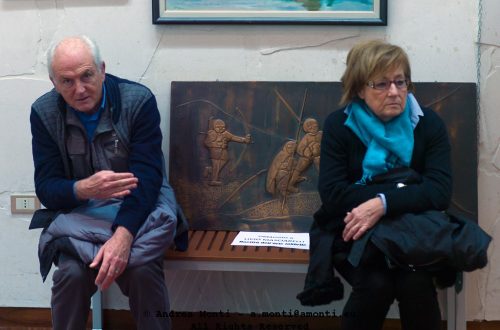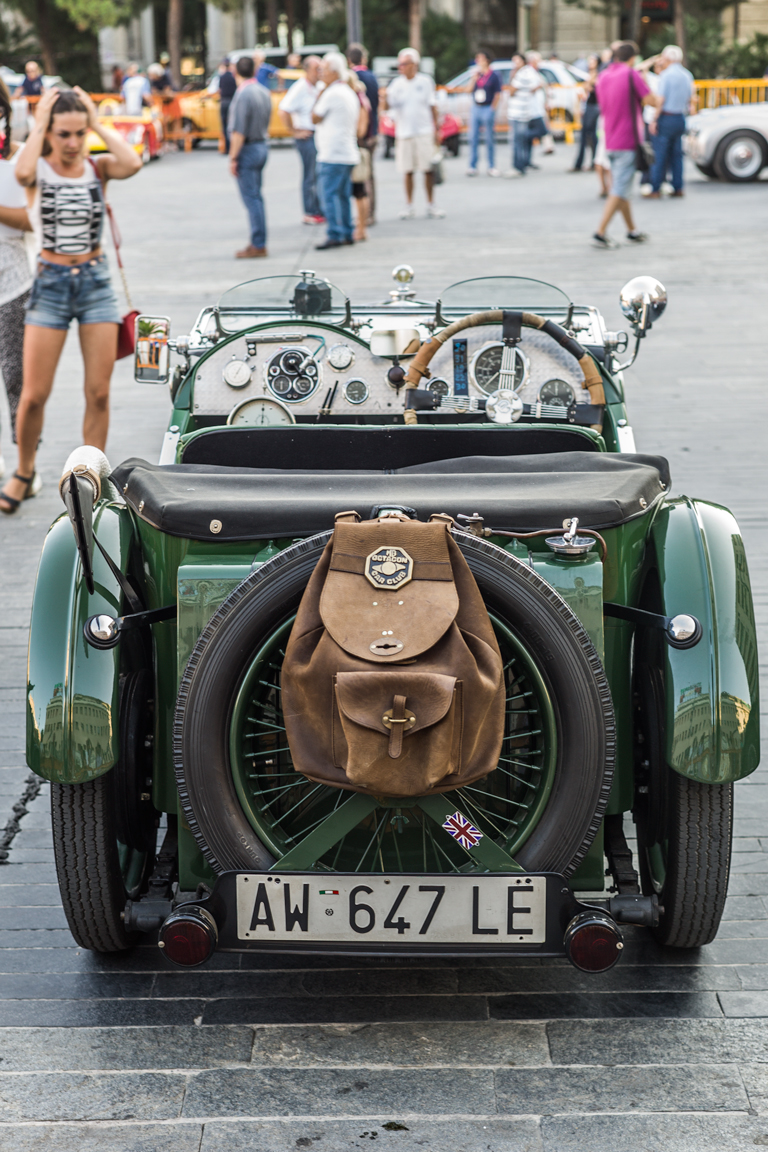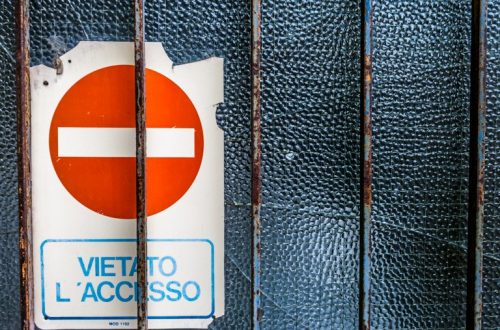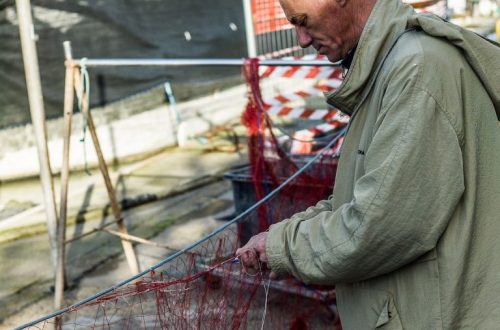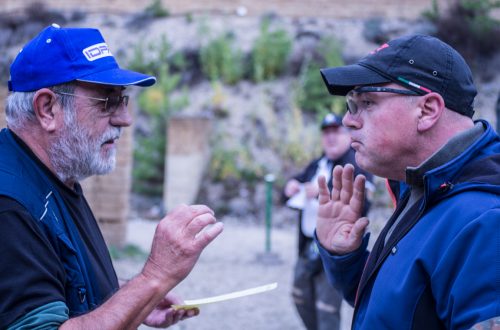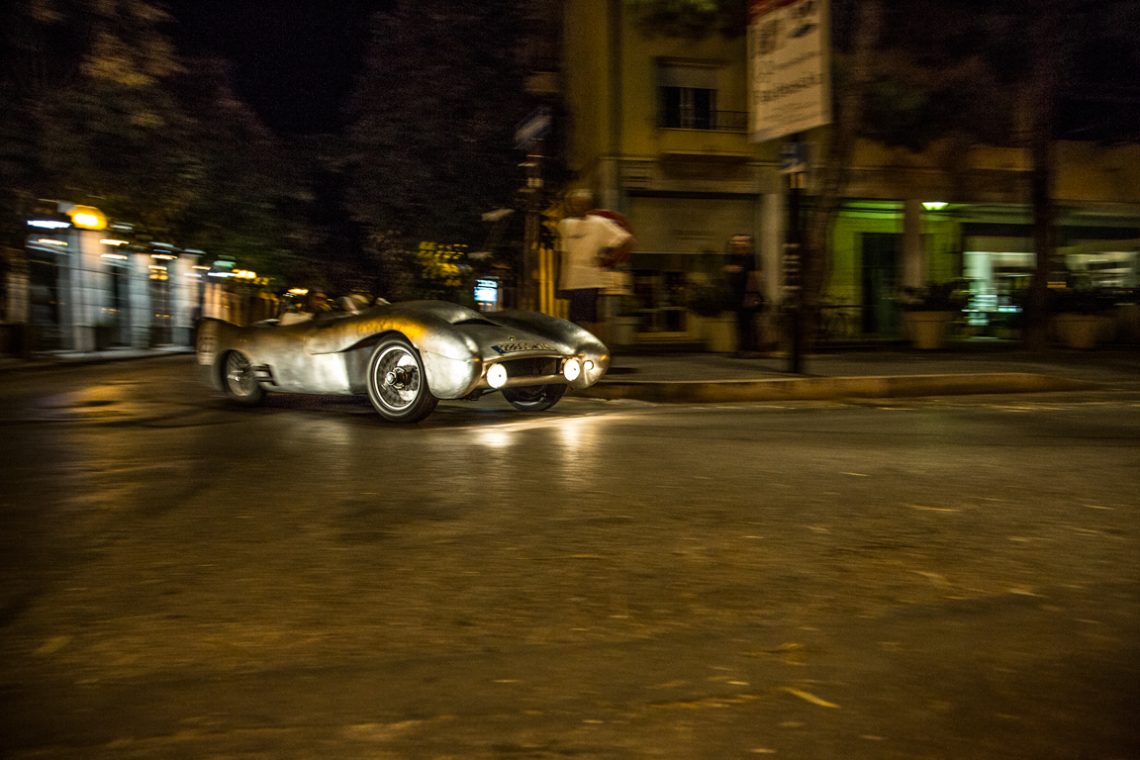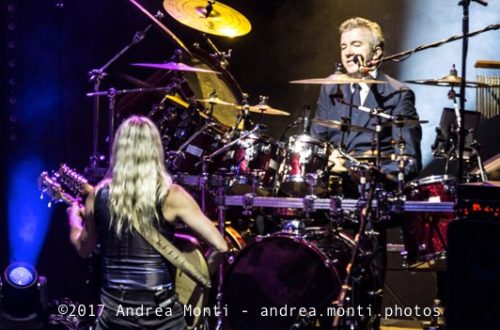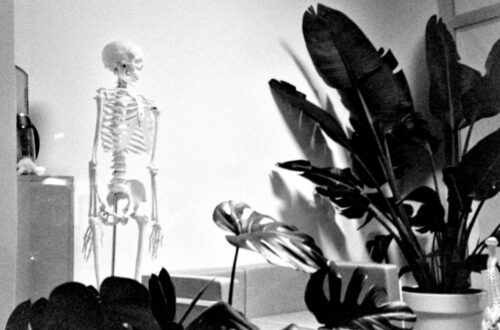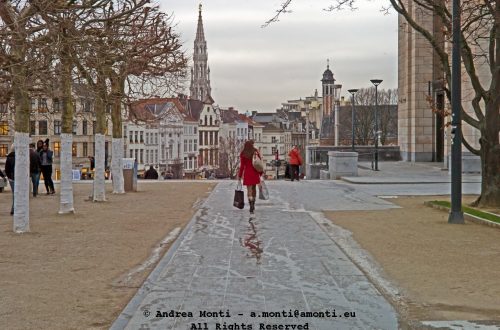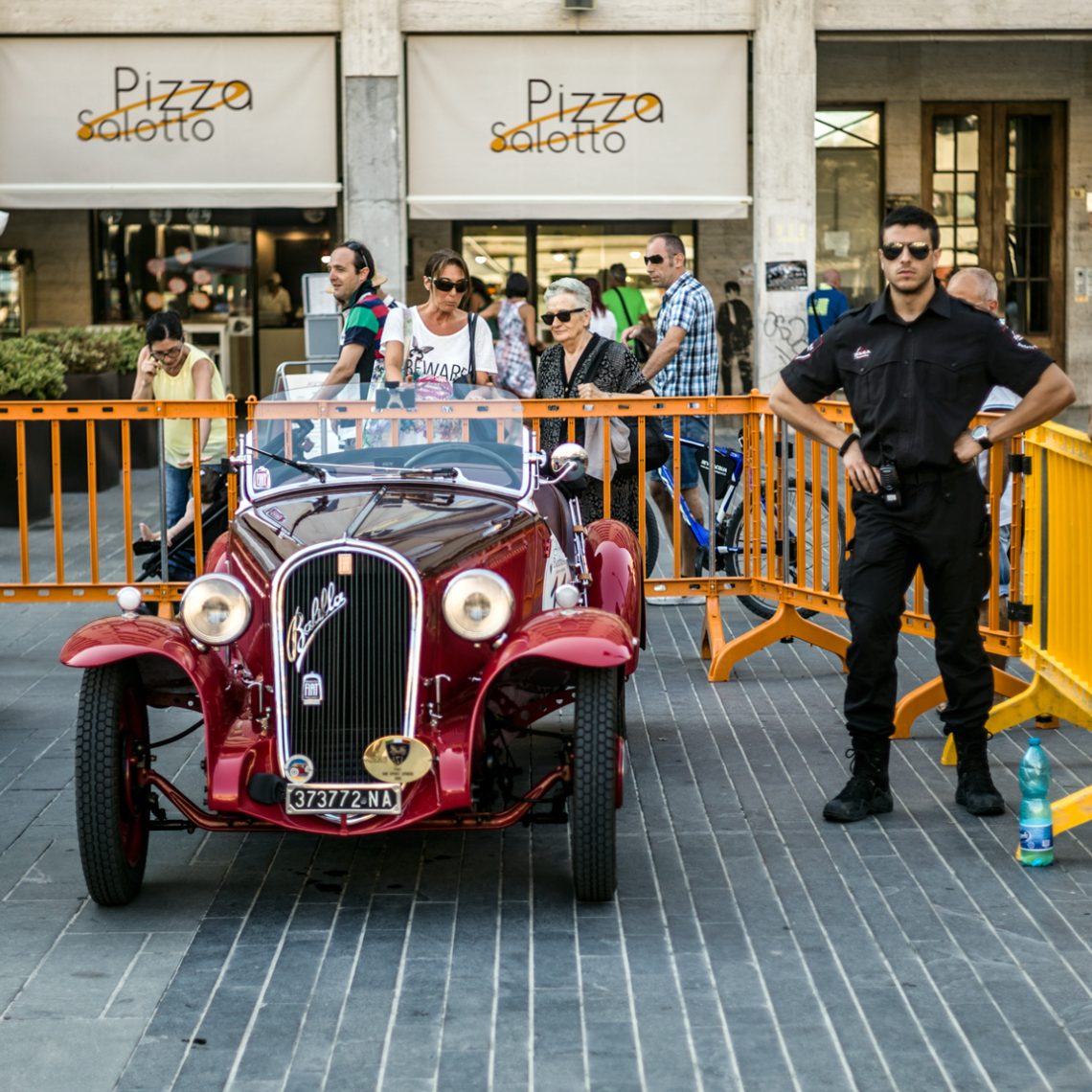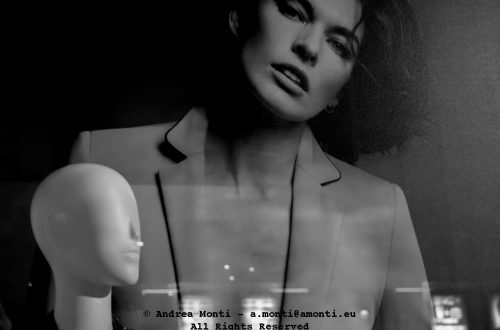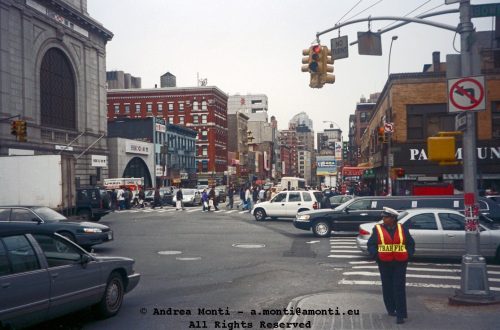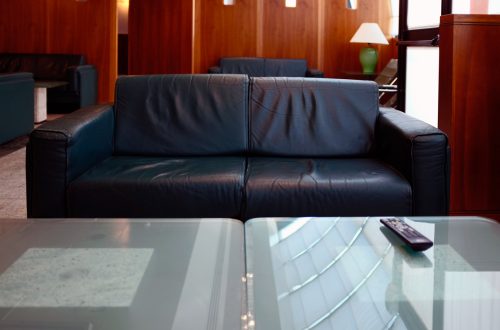-
A cigarette
-
A Waiter in via Sardegna
-
@ Mediterranean Beach Games 2015 – Italy Beach Soccer Team’s Goalkeeper (and a primer on sport photography, part 2)
2 – Have the media pass working for you Part 1 of this primer dealt with the topic “Getting Your Media Pass”. Now is the time to use it properly. a – Meet the media-manager and participate to the technical briefing (or anyway get the relevant information about the competition) If the competition is big enough, chances are that the organizing committee has appointed a media-manager in charge of handling all the issues related to broadcasting services and photographers. You definitely need to talk to him as early as you can, to get: your numbered “photographer jacket” (often needed to access the competition fields), a leaflet with all the relevant…
-
@ Mediterranean Beach Games 2015 – Italian Anthem (and a primer on sport photography, part 1)
Intro Working on assignment is different than loitering around “waiting for the moment”. This is true, in particular, for sport photography where you have to handle multiple issues at a time, most of them not related to the actual shooting activity. While there are a lot of sources to drink from that hint about how to assemble and check the gear, which lens is better suited for the job and so on, a less fancy but nevertheless critical issue to be aware of is how to handle the logistic and administrative stuff. Before the event 1 – Getting your media pass a – Accelerate the shipping of the accreditation…
-
Inside The Palace of Power
I took this photograph inside a government building, in the afternoon, when the corridors echo in silence and the light is all reflected memory. The image focuses on a phone—old-style, maroon, hanging uselessly from its hook—framed by dark wood panels and infinite reflections. It’s a cliché of power, really: opulence, silence, and an obsolete instrument of control. The technical conditions weren’t ideal. I had no tripod, the light was dim and uneven, and I was working with a handheld digital camera not built for low-light finesse. ISO had to go up, and with it came the noise. But I decided not to clean it. Grain, in this case, felt appropriate.…
-
Roots On The Roof
-
Off Duty
From the back, their posture says almost as much as their uniforms. Four policemen walk away from the viewer, the word Polizia split and partially hidden by their movement. There’s no confrontation here, no heightened drama — instead, the image captures that moment of decompression, when the weight of vigilance begins to lift. The decision to shoot from behind removes the personal identifiers that a front-facing portrait would reveal. We are left with silhouettes of authority in retreat, the curve of a shoulder, the relaxed drop of an arm, the natural slouch of someone whose shift may be ending. In the background, the urban night hums along: signage, faint light,…
-
A Smoker
Some portraits are not posed; they happen between moments, in that thin sliver of time when the subject is simply being. This was one of those. The woman — cigarette in hand, wrist adorned with metallic bangles catching stray light — had the stillness of someone lost in thought. The background was unremarkable, and that suited me: no distractions, no narrative clutter, just her profile against a soft blur. The shot was taken in available light, which was far from ideal. The conditions pushed me to raise the ISO more than I’d have liked, and as a result, the image carries a touch more grain than a studio portraitist would…
-
Shadow On The Wall
-
Mind The Step
-
In Hoc Signo
-
A Skull
I made this photograph in near darkness, peering through a narrow stone opening where a skull lay against the rough wall. The framing itself creates a sense of confinement: the viewer sees only what the aperture allows, a forced perspective that heightens the impact of the subject. The starkness of the skull, caught in dim light, is amplified by the deep shadows surrounding it. Technically, the image embraces its limitations. Low light produces grain and softness, yet these imperfections serve the atmosphere. The highlights on the skull’s surface are blown in places, but this uneven exposure adds to the sense of unease, as if the bone reflects light reluctantly. The…
-
An Old Motorcade At Night
Photographing this scene with the Leica M9, I was conscious of wanting to hold the atmosphere of a summer night where history and spectacle meet. The procession of vintage cars is framed by a corridor of spectators, their attention divided between living the moment and documenting it through their phones. The motorcade moves away from me, which allows the viewer to share my vantage point — both a participant and an observer, close enough to feel the heat of the engines, yet outside the flow of the event. Compositionally, the perspective lines of the barriers guide the eye straight to the lead car, and further still down the illuminated street…
-
The Driver
Shot on a Leica M9 during a vintage car rally, this image invites a quiet question: what exactly are we looking at here — the driver or the car? The frame is tightly composed, the perspective intimate. We sit directly behind the driver, almost in the passenger seat, with the blue cockpit wrapping around us like a suit of armour. The leather cap, the quilted racing jacket, the badge that reads FIAT — all signs of a time when racing still smelled of oil and cotton rather than carbon fibre and digital telemetry. But the face is hidden. There’s no expression, no glance, no story told in eyes or brow. The driver…
-
Lightspeed
I shot this with a Leica M9 late one night, leaning out from the kerb on a curve that begged for something fast and unreasonable to come tearing through it. And eventually, this red Italian masterpiece did exactly that—roaring past with the kind of throaty snarl that makes small children cry and grown men buy things they shouldn’t. What you’re seeing isn’t an accident. It’s the moment velocity became geometry. The long exposure distorts everything into kinetic abstraction: the trees become green flame, the streetlamps twist into electric comets, the background collapses into a wash of speed-induced delirium. But the car—mid-century, low-slung, all attitude—remains just visible enough to read as…
-
The Stare of a T800
-
Who The Hell Killed the Light Off?
There’s a certain magic to photographing night-time events — the glow of street lamps, the hum of a crowd, the way artificial light sculpts a scene. But it also comes with its share of battles, and this image is a perfect example of working on the edge of what’s technically possible. The scene is rich in story: a vintage race car, its scarlet paint dulled slightly under the sodium and LED mix of city lights; two men in matching white overalls, one bending towards the vehicle’s front as if inspecting or coaxing it to life; a small crowd leaning over barriers, caught in their own observations. The moment feels candid…
-
Lotus Tweak
At first glance, it’s a straightforward scene — two men leaning over the open engine bay of a bare-bodied Lotus, spanners in hand, eyes locked on some mechanical nuance that only they understand. But to me, it’s also a portrait of intimacy — not between people, but between man and machine. The bond here is tactile: the smell of fuel, the heat radiating off aluminium, the gentle precision of a carburettor adjustment. The Leica M9 lends itself well to this kind of work. The CCD sensor has that distinctive tonal rendering that keeps the colours honest but rich — the brushed metal gleam of the car body, the deep reds…
-
Last Check Before the Start
There’s something undeniably brilliant about this photograph. You can smell the oil, feel the worn leather between your fingers, and almost hear the mechanical clink as the strap finds its buckle. It’s a moment of quiet before all hell breaks loose — the pre-race ritual that separates the daydreamers from the drivers. From a compositional standpoint, it’s deceptively simple: two hands, a strip of leather, and the curved flank of what is clearly a well-loved vintage racing machine. But simplicity is precisely what works here. The frame is cropped tight, no wasted space, no distractions — just the intimacy of man and machine. The exposure is spot on. The late…
-
After the Race
It’s not the roar of engines or the scent of oil that stays with you—it’s this. Two men, backs turned, still in their Fiat overalls. The crowd has begun to blur into the night, and the adrenaline has softened into conversation. Maybe they’re swapping lap times, maybe just trading silence. I took this shot at the end of a vintage car competition. Not during the parade, not at the peak of noise and chrome, but after. When everything meaningful often happens. Their suits are creased from hours of wear, and the red stitching on the white cotton glows under the street lamps like the last ember of something freshly burned.…
-
Alfa (1750) … Dog
There’s something wonderfully fitting about photographing an Alfa Romeo 1750 with a Leica M9. Both are unapologetically old-school, machines that demand your attention and reward patience rather than speed. Neither will do the work for you — they expect you to know what you’re doing, and they don’t forgive sloppiness. I didn’t want the whole car. That would have been too easy, too obvious. Instead, I went in close, focusing on the sweep of that impossibly red wing, the chrome stalk of the lamp, and the way the bodywork catches the light like a perfectly tailored suit. With the M9’s CCD sensor, the reds come alive — rich without bleeding,…
-
Oh…MG!
Photography has an enduring love affair with contrivance. We dress it up in words like composition, timing, narrative—but at the core, it’s a carefully manufactured illusion, an assembly of elements that never truly existed together until the shutter stitched them into one frame. This image is a perfect case in point. Foreground: the polished rear of a vintage MG, British racing green, bristling with dials, a leather-strapped spare wheel, and a backpack so perfectly positioned it feels like a prop from central casting. The badge on the leather flap and the Union Jack sticker complete the period-drama perfection. Background: a passing moment, a pair of sunlit legs and a cropped…
-
Spectral Lotus
Shot handheld with a Leica M9, this image was less about the car and more about the apparition it became under sodium vapour light. The Lotus, unpainted and unadorned, swept through the urban silence like a silver ghost. I wasn’t expecting it—no barricades, no marshals—just a curve, a rumble, and that brutalist sculpture on wheels appearing from nowhere. What caught my eye first wasn’t the vehicle itself but the way it reflected the city’s tired lights. The aluminium skin bounced back hues from old shop signs and streetlamps, turning the body into a temporary canvas of moving golds and yellows. The reflections aren’t clean. Nor are they meant to be.…
-
Balilla
Some cars don’t just roll into view—they make an entrance. This Fiat Balilla, polished to the kind of deep red you only get from decades of careful ownership, sits dead-centre in the frame as if the entire piazza has been rearranged to suit it. The symmetry is irresistible: the grille’s vertical bars, the balanced curve of the wings, the twin headlamps gleaming like theatre spotlights. CompositionFraming here is deliberate and effective. The Balilla claims the central axis, with bright orange crowd-control barriers creating a vivid frame-within-a-frame. The people behind form a secondary layer, offering scale and a sense of place without competing for attention. It’s an image that works because…

